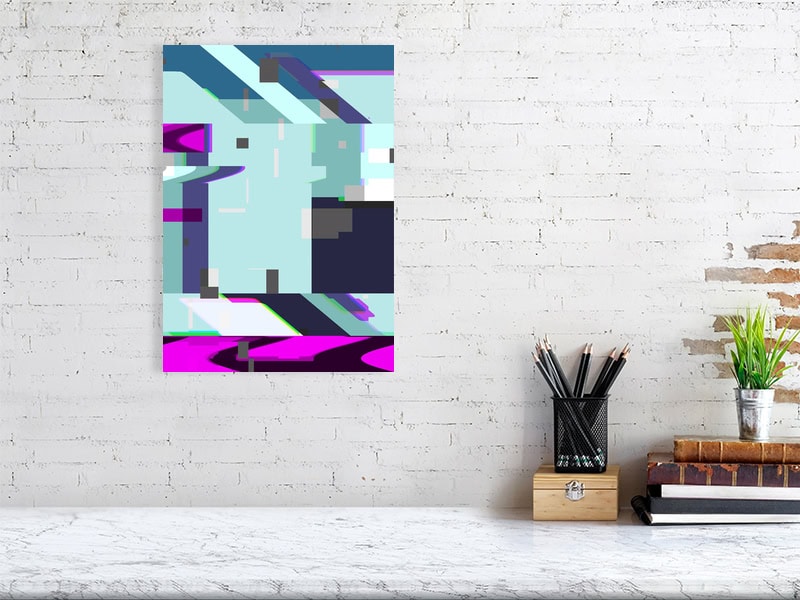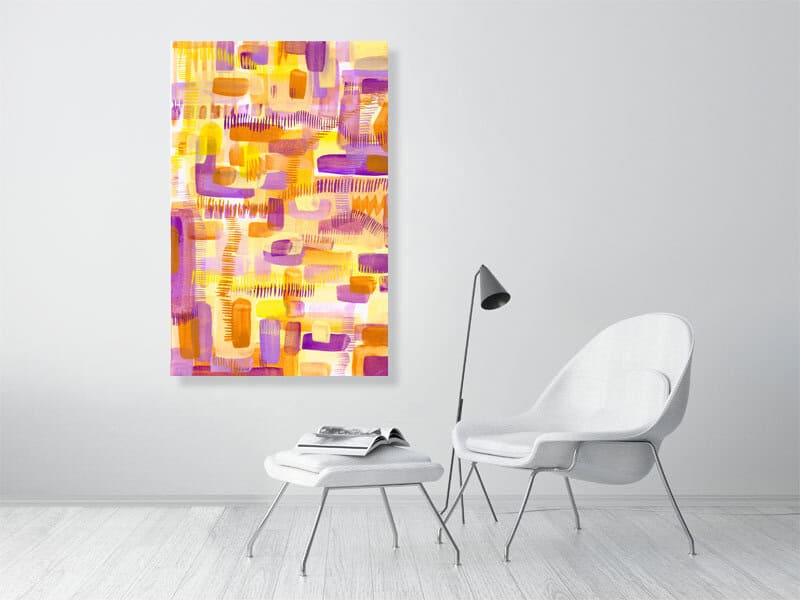The Art of Choosing Wall Art:
A Guide for Enhancing Your Home and Office Spaces
In interior design, the selection of wall art is not merely a matter of aesthetic appeal but a nuanced decision that reflects one's style, the space's ambience, and the message one wishes to convey.
Wall art, encompassing home art and desktop art, is a focal point, infusing life and character into living and professional environments. This guide aims to assist you in navigating the vibrant world of fine art prints, ensuring that you select pieces that resonate with your interior spaces.



Understanding the Significance of Wall Art
Wall art transcends mere decoration; it is an expression of culture, a reflection of personal taste, and a source of inspiration and comfort. In the context of a home, it personalizes spaces, making them feel lived-in and welcoming.
In an office, art can stimulate creativity, reinforce a brand's identity, and communicate values to employees and visitors. Therefore, the choice of wall art should be deliberate and thoughtful, aligning with the room's function, aesthetic, and the atmosphere you aim to create.
Assessing Your Space
Before embarking on your art selection journey, take a moment to assess the space. Consider the wall size, colour palette, lighting, and existing decor. Large, expansive walls can accommodate more significant pieces or a collection of prints, creating a gallery wall effect. Smaller spaces, on the other hand, benefit from singular, impactful pieces that command attention without overwhelming the room.
The colour scheme of your room can guide your art selection process. Artwork can complement existing colours, create a harmonious look, or introduce contrasting hues for a bold statement. Natural and artificial lighting also plays a crucial role in how art is perceived. Ensure that your chosen pieces are placed where they can be appreciated to their fullest, considering the interplay of light and shadow throughout the day.
Selecting the Right Artwork
The options for wall art range from abstract paintings to fine prints. To narrow down your choices, consider the following factors:
Theme and Style: Reflect on the theme and style that resonate with you or your brand. Whether it's modern minimalism, classic elegance, or vibrant eclecticism, your art should reflect the aesthetic you aspire to achieve.
Purpose: Define the artwork's purpose. Is it to spark conversation, inspire, or soothe? The intended emotional impact of the art can guide your selection process.
Personal Connection: Art is deeply personal. Choose pieces that evoke emotions and memories or bring you joy. This connection ensures that your chosen art remains meaningful over time.
Incorporating Art into Your Space
Once you have selected your wall art, the next step is thoughtfully integrating it into your space. Here are some tips to consider:
Placement: The placement of your art can dramatically affect the room's overall feel. Generally, art should be hung at eye level to ensure optimal viewing. In a home setting, consider the room's function; for instance, calming landscapes in bedrooms and vibrant, energetic pieces in living spaces.
Framing and Presentation: The right frame can enhance the artwork and complement your interior design. Consider the frame's material, colour, and style, ensuring it aligns with the piece and the room's decor. For a contemporary look, you might opt for gallery-wrapped canvas prints that forego frames altogether.
Cohesion: While each piece of art can stand alone, a cohesive element should tie your collection together, whether it's a recurring theme, colour scheme, or style. This cohesion ensures a harmonious integration of art into your space.
Selecting wall art for your home or office is a journey of discovery and expression. It offers an opportunity to infuse your spaces with personality, beauty, and inspiration.
By considering the factors outlined in this guide, you are well-equipped to choose artwork that complements your interior spaces and resonates on a personal level. Remember, the right wall art beautifies and transforms a space, making it yours.

